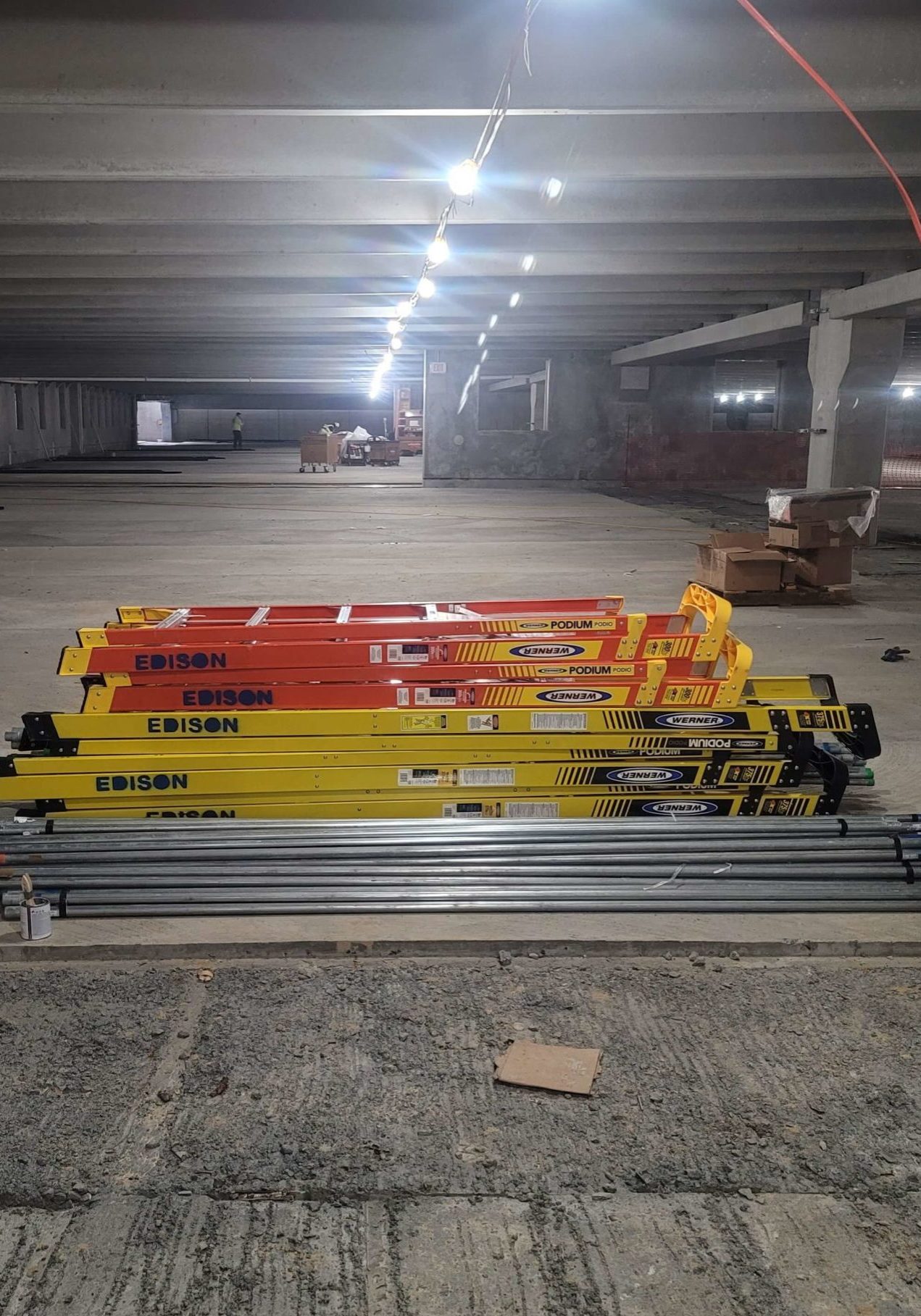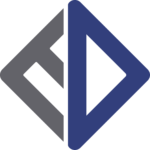Types of Exhausts and Dampers
Common types of exhausts and dampers that Edison Power can help you install, maintain, or upgrade include:
Within these categories, there are many sub-categories that Edison Power’s Exhaust and Damper Control Specialists can assist you with. For example:

Edison’s Building Automation Solutions
Our team of engineering specialists can help you determine the best exhaust and damper design suited to your specific needs.
Edison’s Electrical Experts can help you:
- The right exhausts and damper controls can lead to financial savings by conserving heating and/or cooling and managing airflow (hot and cold) based on need.
- With the right exhausts and dampers in place, your HVAC systems can operate more efficiently.
- Automatic dampers that are self-regulated and can be controlled remotely will eliminate the need for active monitoring.
- Zoned dampers can help you calculate and then deliver the air, heating, and cooling needed in specific zones based on the needs of people or processes in those zones.
- Exhausts and dampers have important safety roles to play as well, such as in leakage control and preventing the flow of dangerous gases or smoke.

